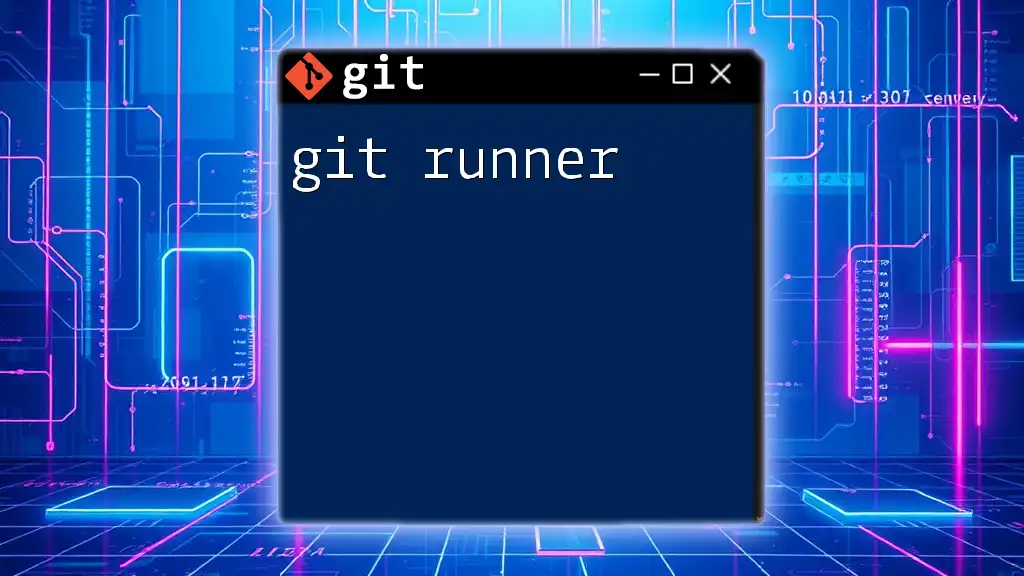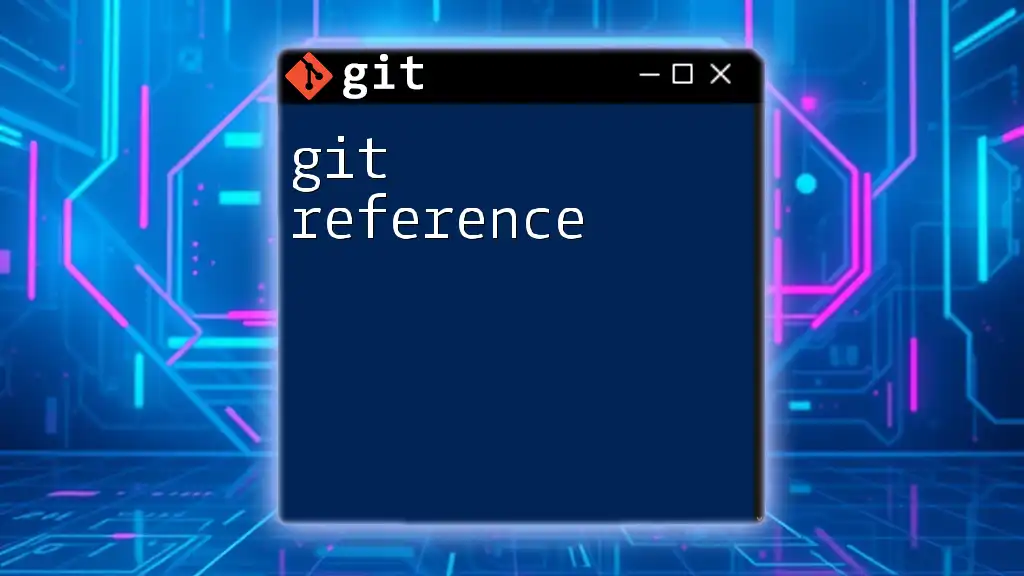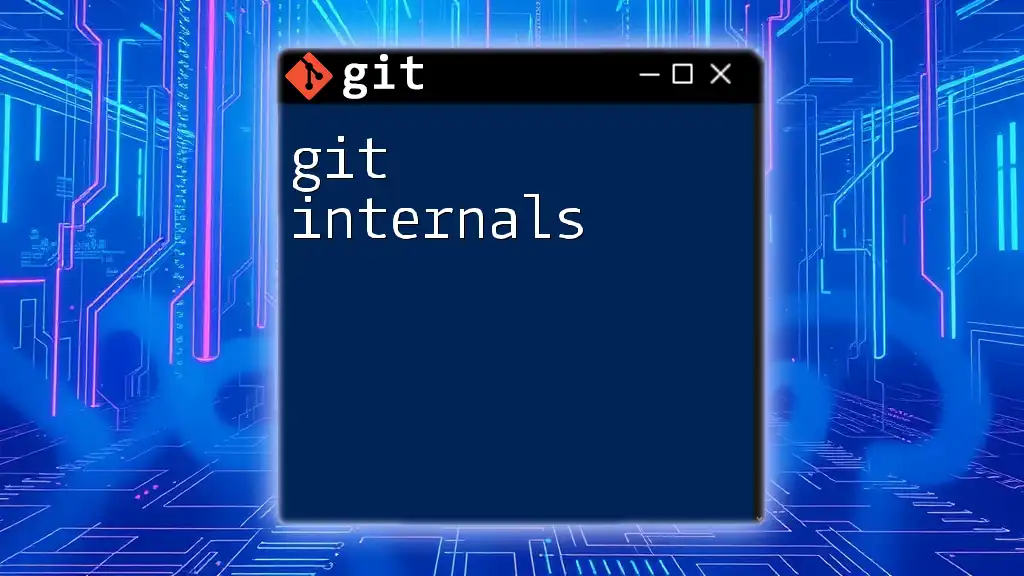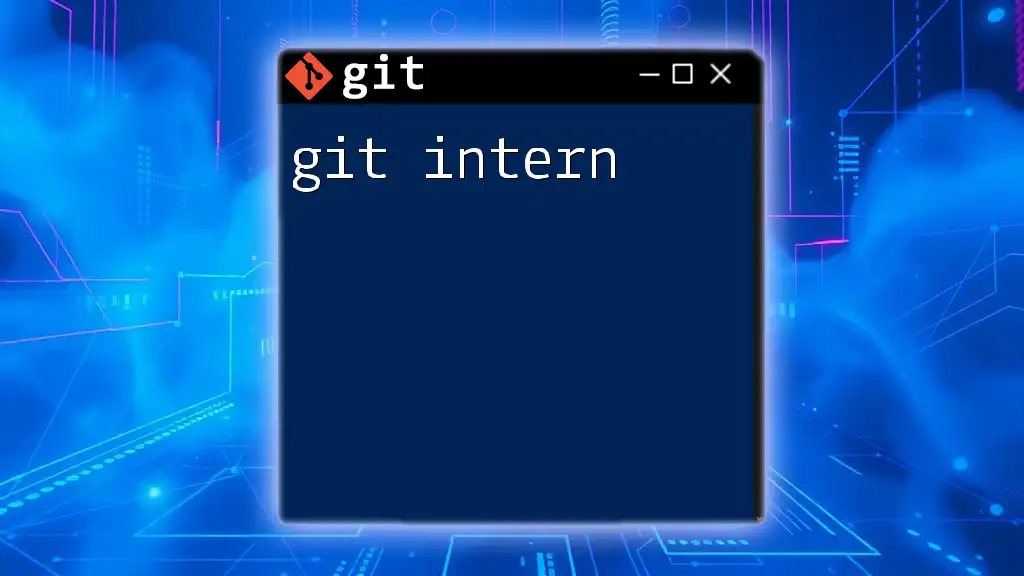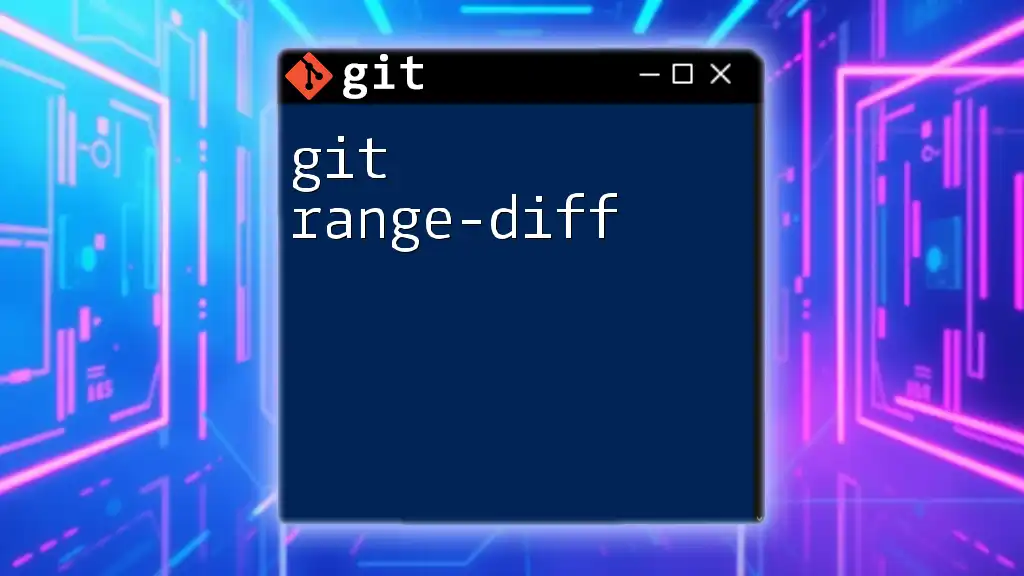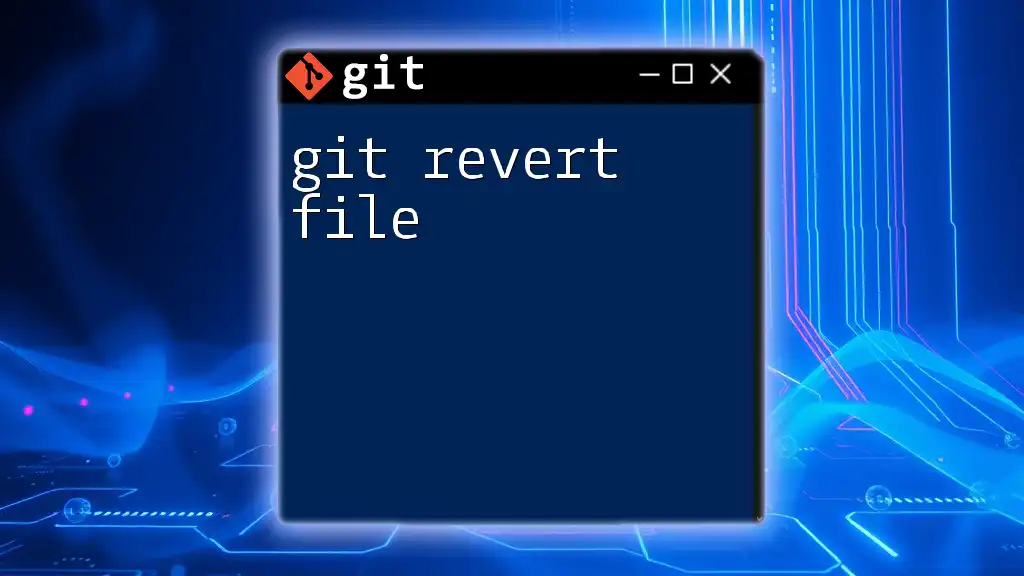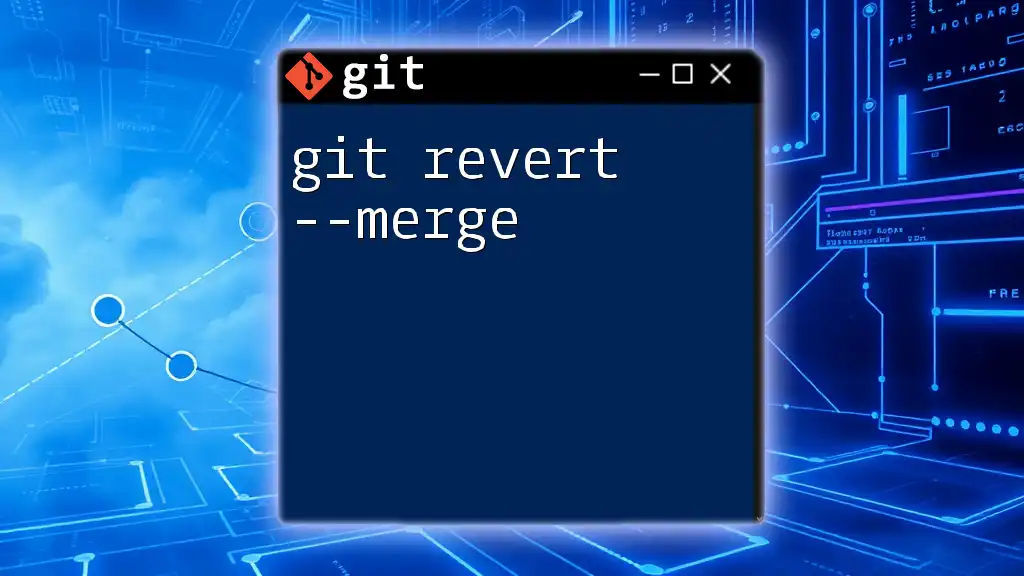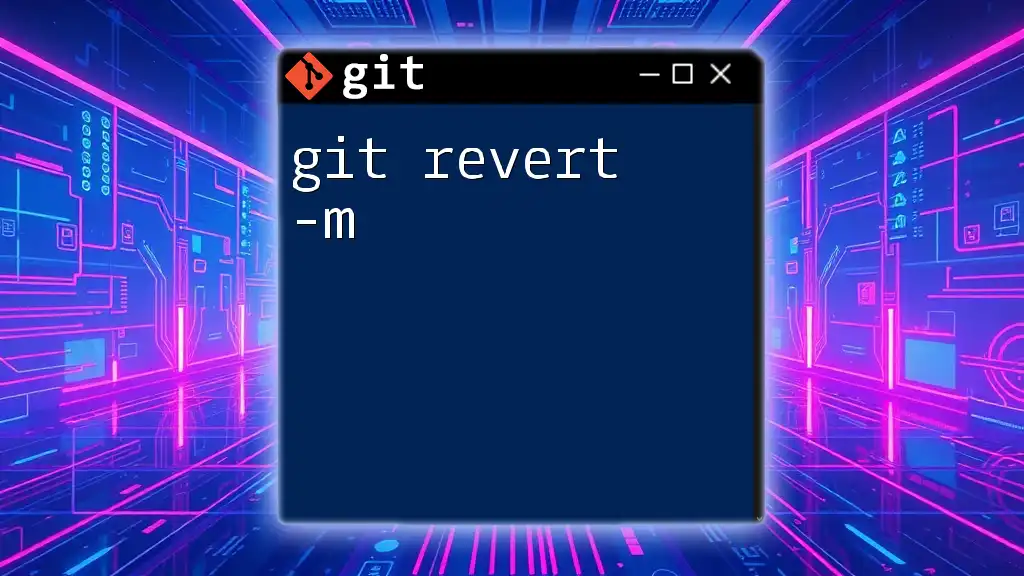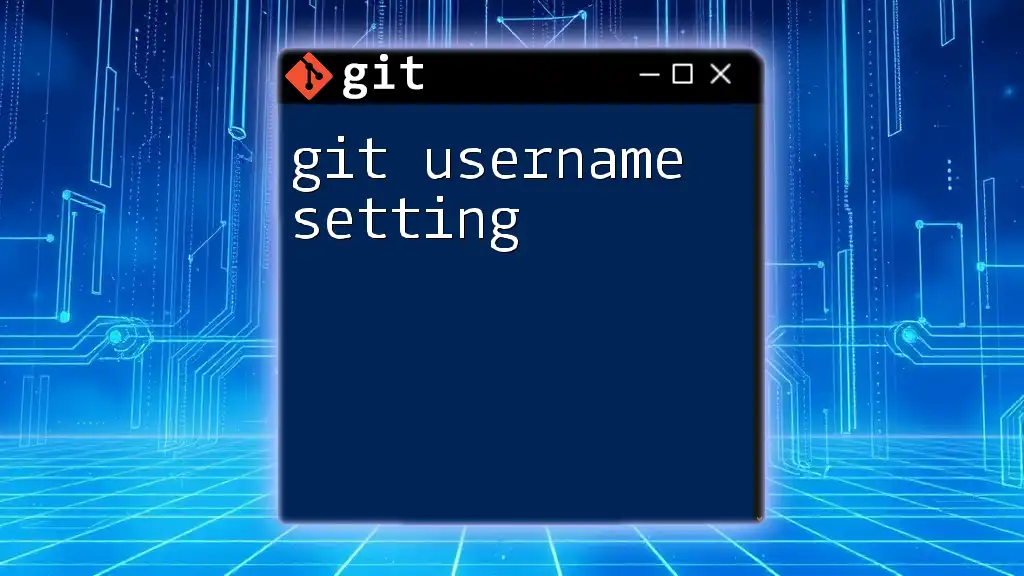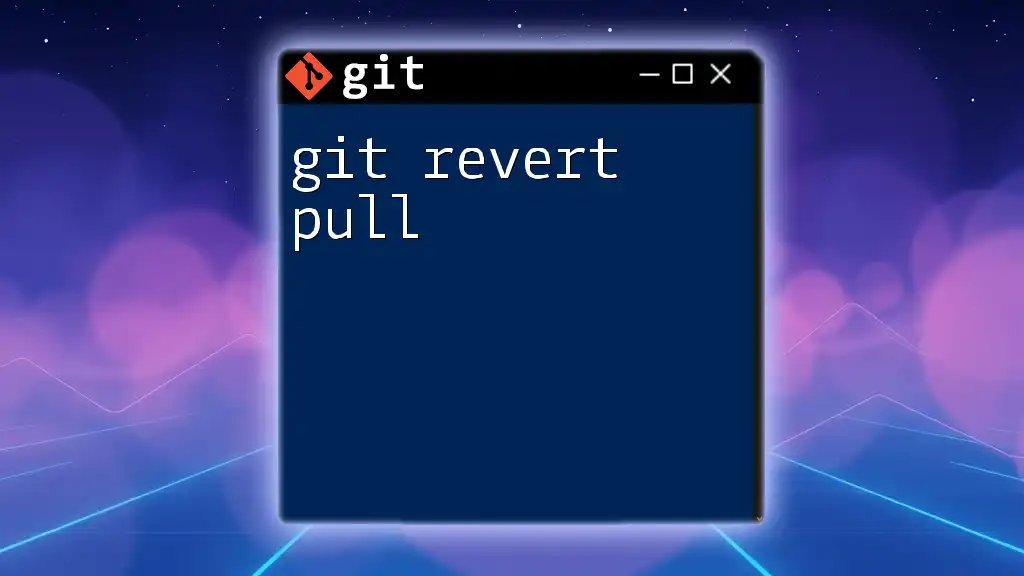A Git runner is a lightweight tool that automates the execution of Git commands in your CI/CD pipelines, ensuring seamless version control integration.
git commit -m "Your commit message" && git push origin main
What is Git Runner?
Git Runner is a powerful tool designed to streamline and automate Git workflows, making version control simpler and more efficient for developers and teams. Built primarily for those looking to enhance their Git experience, Git Runner integrates with various continuous integration (CI) and continuous deployment (CD) systems, thereby facilitating a more cohesive development environment.
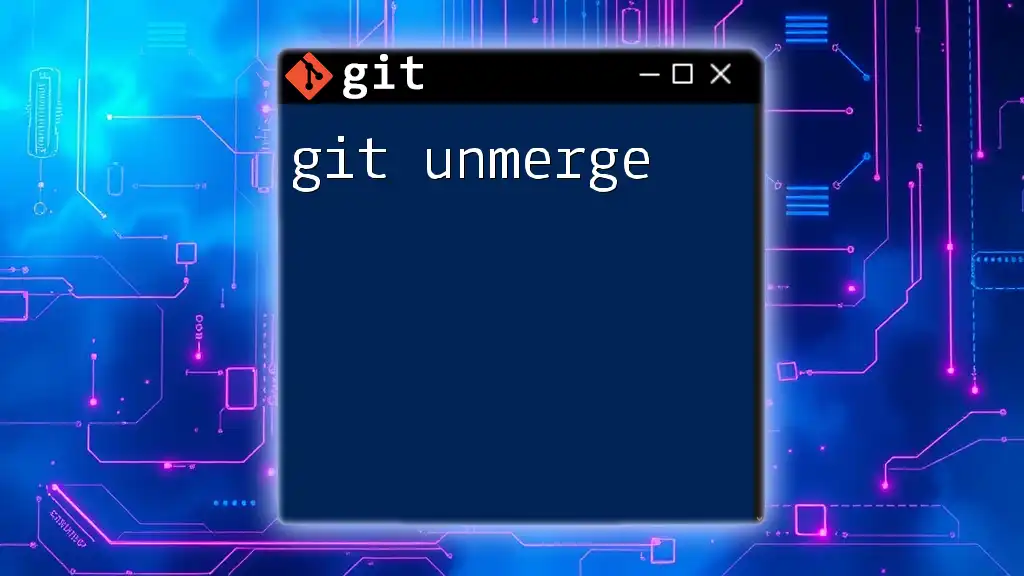
Why Use Git Runner?
Utilizing Git Runner offers numerous advantages. First and foremost, it enhances collaboration among team members by allowing them to automate repetitive tasks. This not only reduces the potential for human error but also saves valuable time. Moreover, Git Runner simplifies project management by ensuring that specific commands trigger automatically based on certain events, such as code pushes or pull requests. By implementing Git Runner into your workflow, you can focus more on coding and less on manual version control processes.
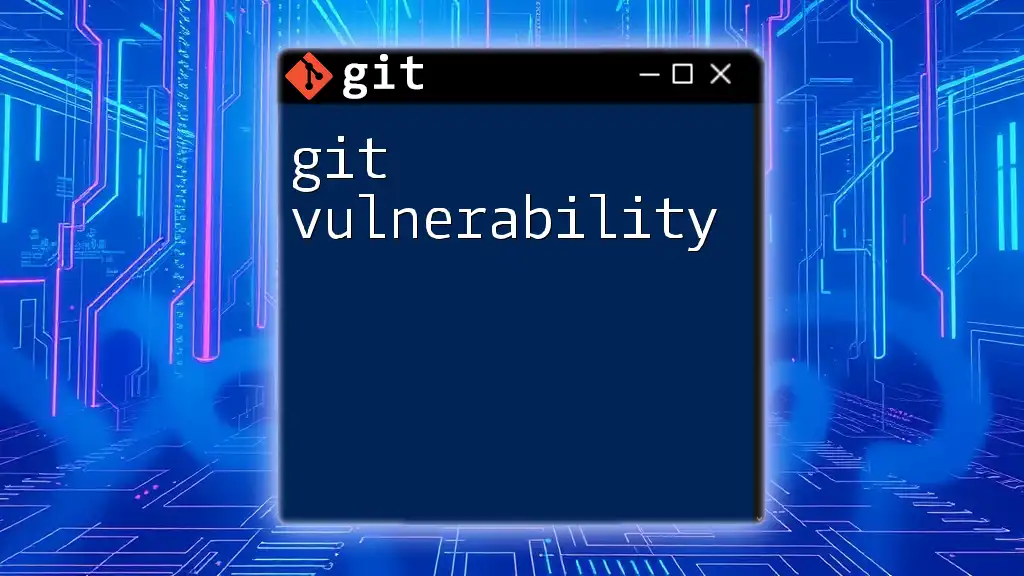
Getting Started with Git Runner
Installation of Git Runner
Before diving into the functionalities of Git Runner, you need to install it. The installation process varies slightly depending on your operating system.
For Windows, you can download the Git Runner executable and follow the installation prompts. On macOS, you might want to use Homebrew with this command:
brew install git-runner
For Linux, use your package manager, for instance:
sudo apt-get install git-runner
Basic Configuration
Once installed, the next step is to configure Git Runner. This is crucial for setting up how the tool will interact with your projects. You'll need to create a configuration file, typically named `.gitrunner.yaml`. This file defines your repository settings, branches involved, and triggers for actions.
Here’s an example of a simple configuration snippet:
# Sample .gitrunner.yaml configuration
repository: my-repo
branches:
- main
- develop
trigger:
on: push
In this snippet, you specify which repository Git Runner will monitor and the branches it should track. Additionally, you can set triggers that determine when certain actions should be executed.
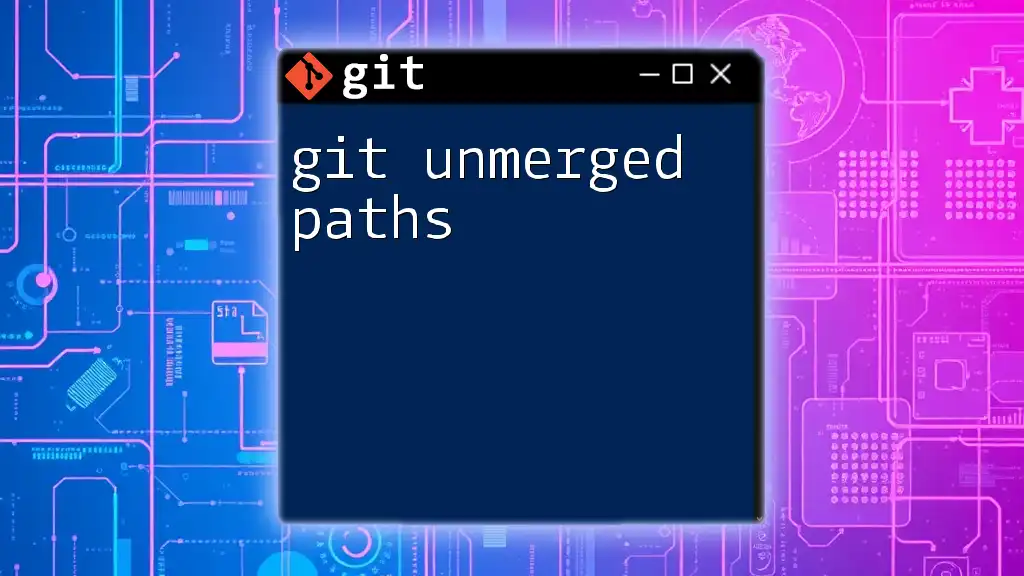
Core Features of Git Runner
Running Git Commands Automatically
One of Git Runner’s standout features is the ability to run Git commands automatically, thus saving time and ensuring consistency. You can create scripts that execute specific commands whenever certain criteria are met. For instance, consider the following script, which automates a commit with a predefined message:
# Simple Git Runner command to automate commits
git commit -m "Automated commit message"
With this setup, your team can rest assured that certain actions will always execute as intended.
Integration with CI/CD Pipelines
Git Runner excels in its ability to integrate with CI/CD pipelines, allowing developers to maintain a seamless workflow. This means that when code is pushed to a repository, Git Runner can automatically trigger testing and deployment processes.
For example, you could integrate Git Runner with Jenkins or GitHub Actions by adding relevant configuration to your YAML files. By doing so, you ensure that your automated tests run every time code is pushed, providing immediate feedback on the changes.
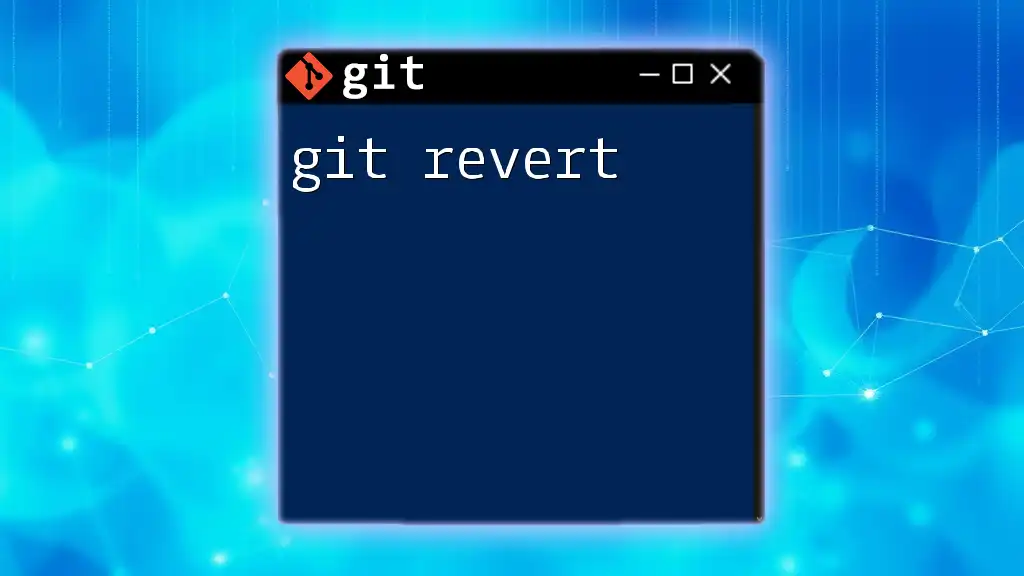
Advanced Git Runner Capabilities
Custom Workflows
Git Runner allows for the creation and management of custom workflows tailored to your team's specific needs. This feature aids in defining a series of tasks that should be completed together, enhancing productivity across various stages of development.
Here's an example of a custom workflow file that runs a build and tests the application:
workflows:
build-and-test:
steps:
- checkout
- run: npm install
- run: npm test
This simple yet effective workflow checks out the latest code, installs necessary dependencies, and runs tests, ensuring that each commit maintains code integrity.
Error Handling in Git Runner
Git Runner also provides mechanisms for error handling, allowing you to troubleshoot issues before they escalate. Understanding common error messages can save time and effort in debugging. For example, errors related to mismatched branches or failed scripts can often be resolved by checking your configuration files for syntax and logical errors.
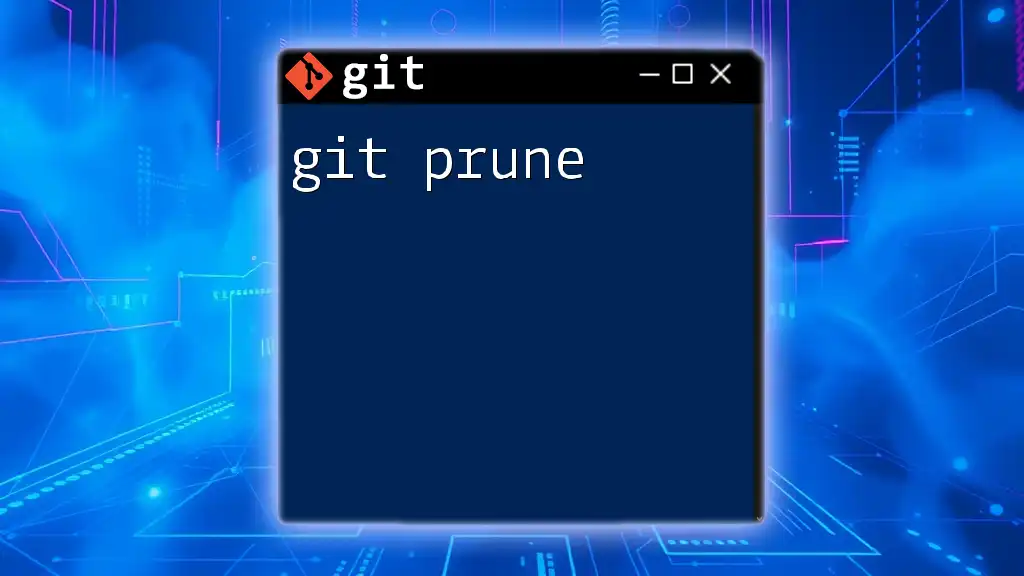
Best Practices for Using Git Runner
Keeping Your Git Runner Up-to-date
To ensure optimal performance, regularly updating Git Runner is essential. Stay informed about new releases and security updates. You can check if your version is current with the following command:
git-runner --version
To update, simply use the appropriate package manager according to your operating system.
Utilizing Community Plugins and Extensions
Extending Git Runner’s capabilities through community plugins can significantly boost your team’s productivity. Many plugins offer additional functionality, from enhanced logging to improved error reporting. Explore the available options and implement those that best suit your workflow.
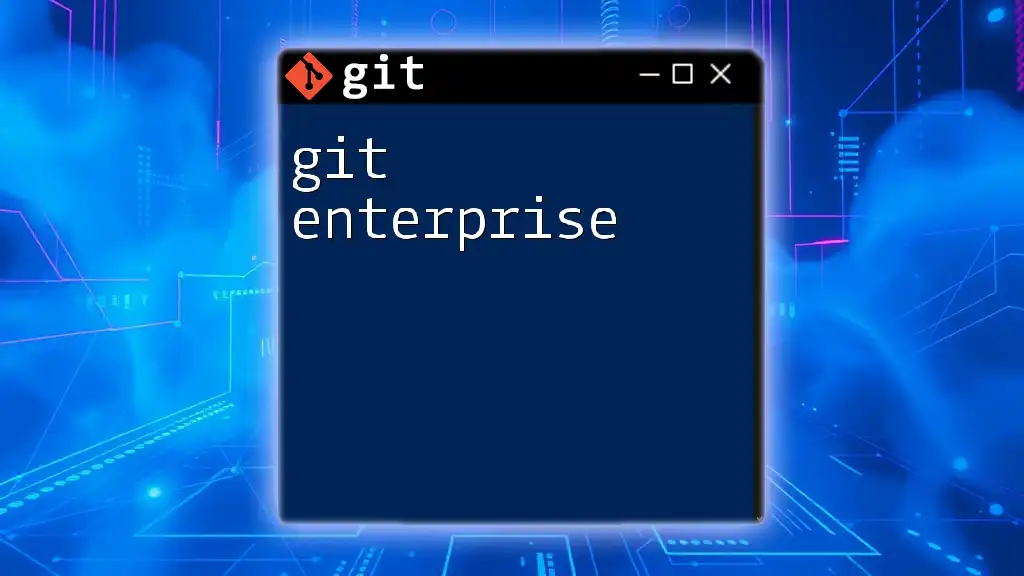
Conclusion
In summary, Git Runner is an invaluable asset for developers looking to enhance their use of Git. With its automation capabilities, integration features, and support for custom workflows, Git Runner can streamline your development process significantly. By implementing Git Runner into your workflows, you free up valuable time to focus on what truly matters—developing quality software.
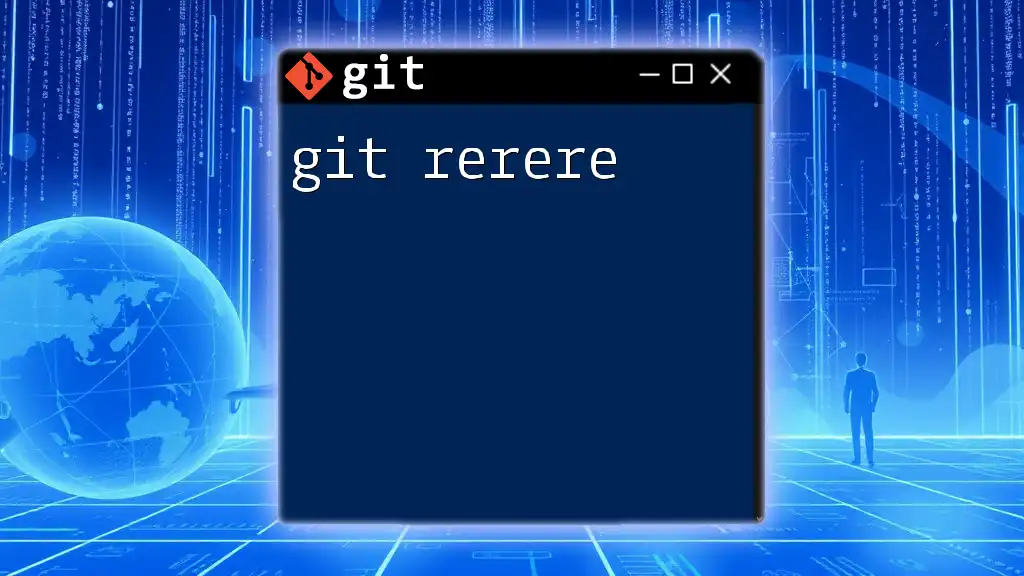
Next Steps
To further your understanding of Git Runner, consider exploring additional resources such as books, online courses, and workshops offered by experts in the field. Continuous learning is key in the ever-evolving world of software development.
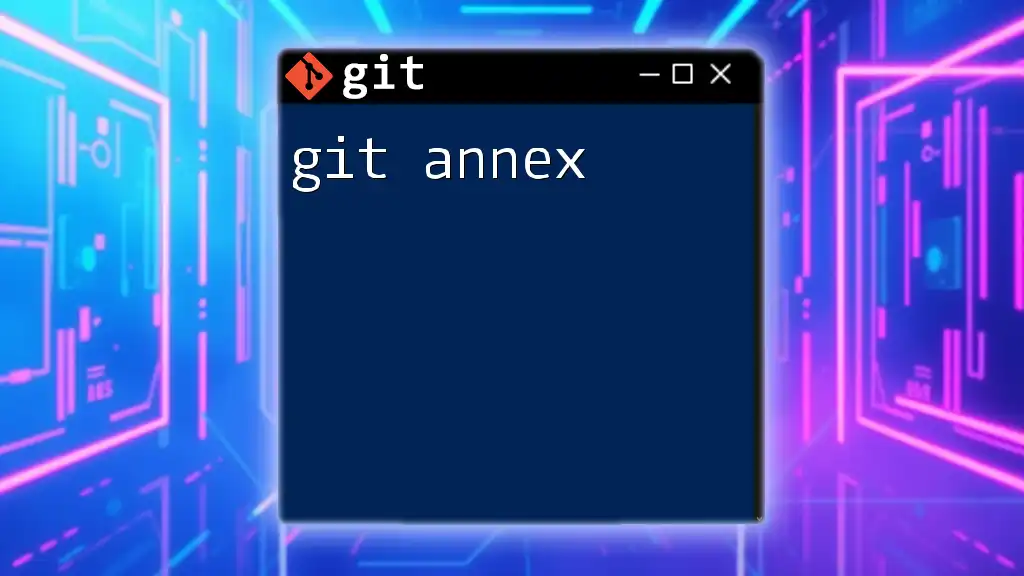
FAQs about Git Runner
What is the difference between Git and Git Runner?
While Git is a version control system that manages source code, Git Runner automates workflows within that version control system, enhancing efficiency and collaboration.
Can I use Git Runner with any programming language?
Absolutely! Git Runner is language-agnostic, making it suitable for projects developed in various programming languages, as long as the corresponding documentation and configurations are appropriately set.
Is Git Runner suitable for small teams?
Yes, Git Runner is particularly beneficial for small teams. It helps minimize manual errors and streamlines processes that can often bog down smaller teams, allowing them to focus on development.
How do I troubleshoot common issues with Git Runner?
Troubleshooting issues with Git Runner can often involve referring to error messages, checking logs, and ensuring that your configuration files are correct. Community forums and documentation can also provide valuable insights for resolving common problems.

